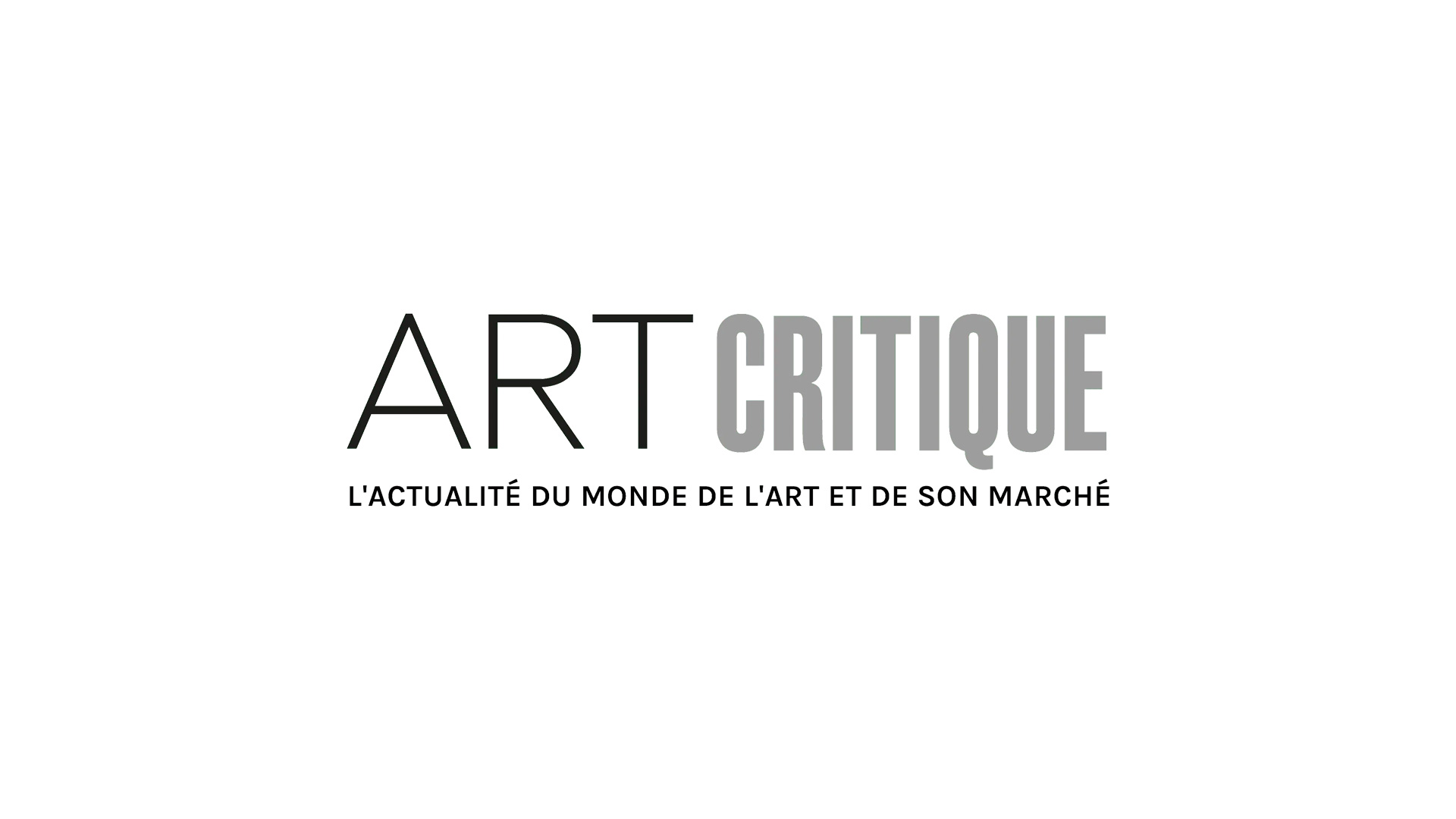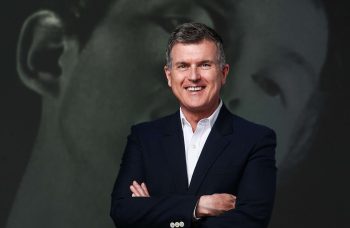“I don’t like the word ‘finish’. When something is finished, that means it’s dead, doesn’t it? I believe in things that last forever. I never finish a painting – I merely stop working on it for a while. I love painting because it’s something that I can never complete”.
These few words, taken from an article published in the Sunday Republican Magazine in 1948 and translated into English by art historian Éric de Chassey are from Arshile Gorky, one of the foremost painters from the New York School.
Born in Turkish Armenia in 1904, Gorky left the country at age 11 to seek refuge in Russian Armenia with his mother and sister in order to escape the Armenian genocide. At 16, following the example of his father who fled to America to avoid Turkish military service when he was a young, he emigrated to the United States. There, he enrolled in the Rhode Island School of Design and then became an art teacher at the Grand Central School of Art after having moved to New York in 1925.
In conjunction with his work as a teacher, he began a career as a self-taught artist. His first creations were inspired by Paul Cézanne and Henri Matisse as exemplified by his piece titled Bound in Sleep produced in 1925. Early in 1927, he also developed an interest in Pablo Picasso then discovered European abstract artists like sculptor Jean Arp and painter Joan Miro whose work during this period favoured using increasingly organic shapes. He then created paintings which reflected the cubist style but whose shapes were still circular. Although they were not abstractions but subject canvasses, over the years the figures that they depict have become increasingly difficult to distinguish.

While World War II broke out in Europe and artists exiled themselves to the United States, he discovered the surrealist movement that Peggy Guggenheim (wife of surrealist Max Ernst) showed in her gallery called Art of This Century when it opened in 1942. Like Clyfford Still and other artists of his generation, he attempted to blend the abstract shapes he discovered while studying European abstraction with the concept of automatism cherished by surrealists. Paintings from this era belong to the Biomorphism movement, to borrow the term used by Alfred Cort Haddon in his book Evolution in art published in 1895, or from non-geometric Abstraction according to the terminology Alfred Barr used in his book Cubism and Abstract Art published in 1936. They displayed shapes inspired by the organic world that stand out against luminous backgrounds.
Gorky quickly abandoned contours, however, to create works in which the distinction between figure/background became more and more imprecise like with his oil on canvas entitled The Liver is the Cock’s comb produced in 1944. This piece, described by André Breton, the leading innovator of the surrealist movement, as one of “the most important paintings produced in America”, foretell paintings based on their association with players from this movement (he participated in the International Surrealist exhibition by the Maeght Gallery in Paris in 1947).

After 1947, Gorky essentially concentrated on the brightness of the backgrounds to create atmosphere that would be interpreted either as an influence of Armenian landscapes or as a record of his own inner world. He committed suicide when he was only 44 years old, probably affected by the fire in his studio in 1946 which destroyed 27 of his paintings and the fact that he discovered that he had cancer. A predominantly black painting entitled Last Painting (The Black Monk) was found on his easel the day he died.
Although he disappeared prematurely, he has earned a place within Art History as one of the founders of the New York School. Thus, he was one of the first members of a generation of American artists who were swept up by the developments in European modern art and who propelled the United States onto the artistic stage on an international level. Given his brief career he may have spent too much time under the influence of surrealists, especially that of Chilean surrealist Matta whose work profoundly affected him, but the chromatic arrays of his final period made him a forerunner of abstract expressionism and more precisely, a major contributor to the trend Color field painting.
This article was originally published in French by Art Critique’s Orianne Castel on September 10th. Read the original here.






